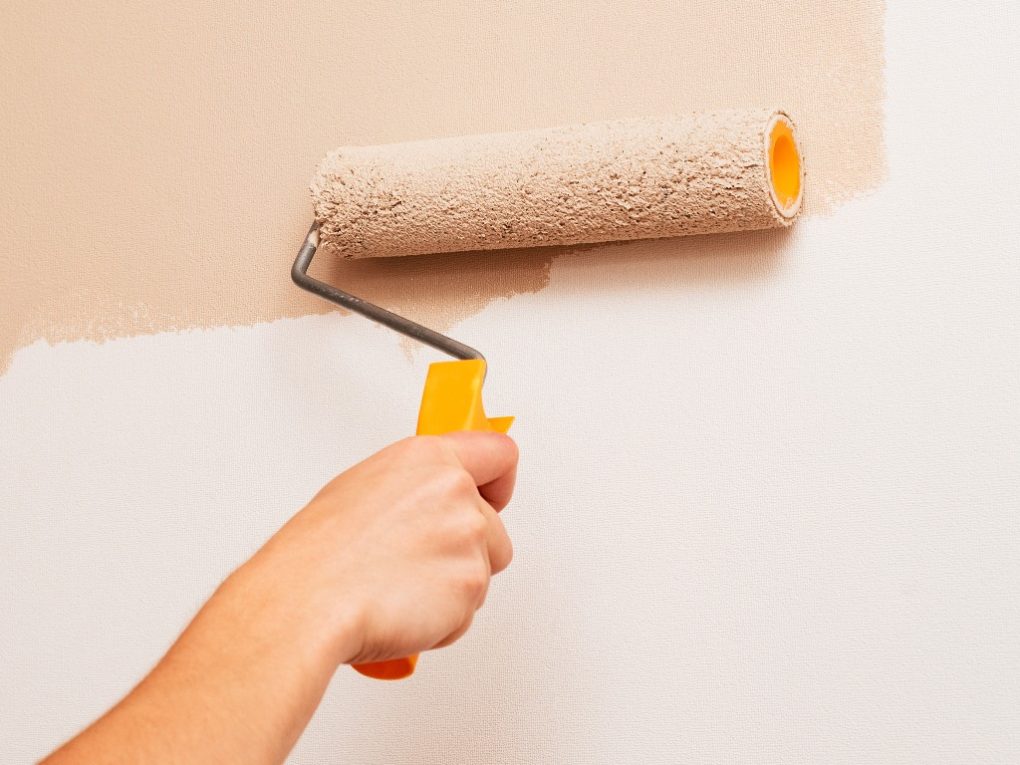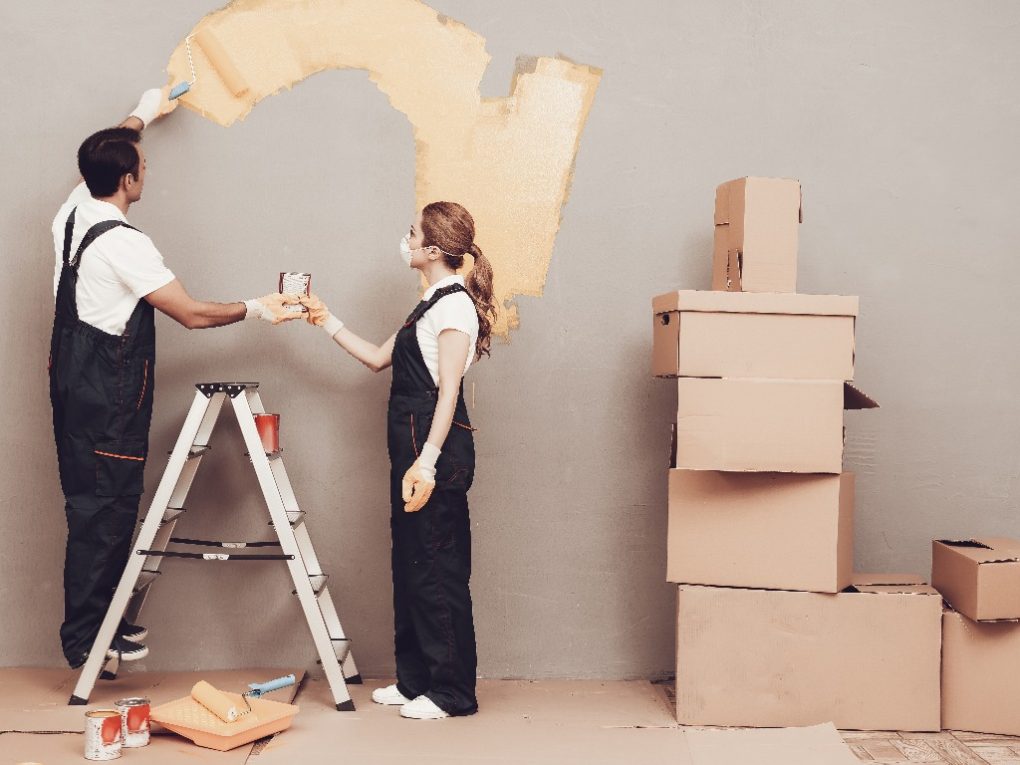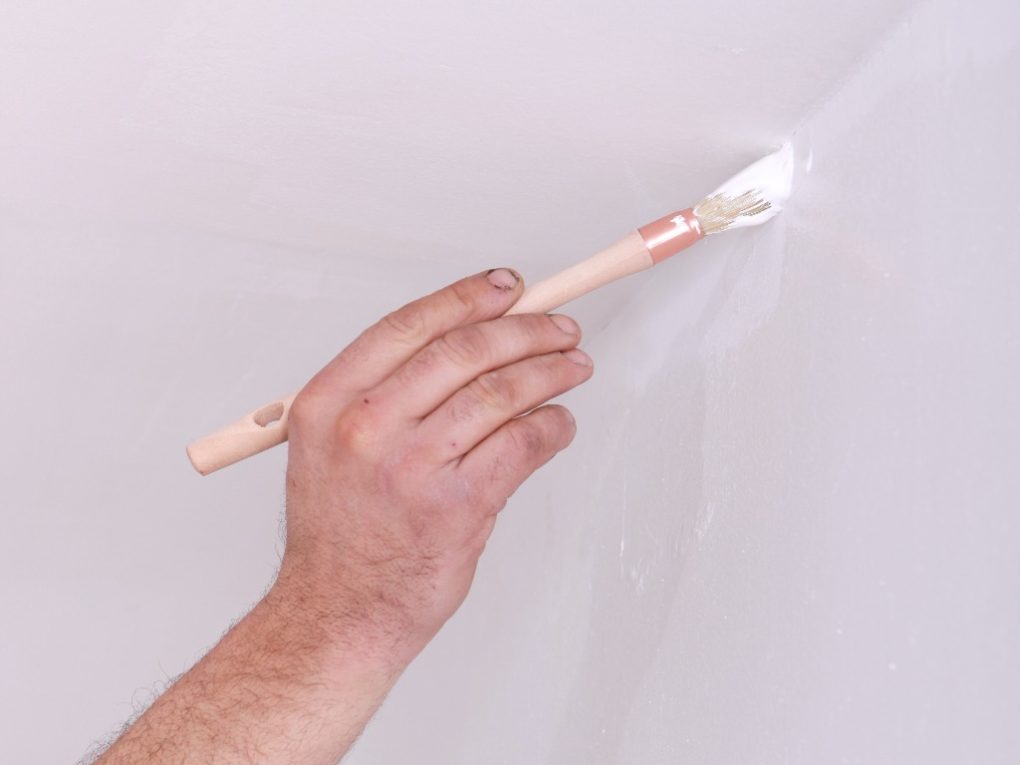Can You Touch Up Eggshell Paint: What You Need to Know
To touch up eggshell paint, ensure the surface is clean and free from dirt, dust, and grease and has been sanded using fine-grit sandpaper. Use a small brush or a paint touch-up pen to carefully apply the paint to the touch-up area, staying within the boundaries of the sanded area.


Apply the paint in thin, even coats, and allow each coat to fully dry before applying the next one. Depending on the coverage and color match, you may need multiple coats to achieve the desired result.
Ways to Touch Up Eggshell Paint
Blending Touch-Up
Blending eggshell paint touch-ups involves seamlessly blending the touched-up area with the surrounding painted surface to create a consistent and uniform appearance. You will need the following materials: eggshell paint in the same color as the existing paint, a small paintbrush or paint touch-up pen, a clean, damp cloth or sponge for clean-up, and a steady hand.
If the area is dirty or has debris, clean it thoroughly with a mild detergent and water solution, and rinse with clean water. Allow the area to dry completely before proceeding. Before applying the touch-up paint, shake the can of eggshell paint well to ensure the color is properly mixed.
It is best to use a small paintbrush or a paint touch-up pen to carefully apply the eggshell paint to the touched-up area, following the natural lines and patterns of the surrounding painted surface. Try to apply the paint in thin, even coats, and avoid applying too much paint at once, as it may result in a noticeable difference in sheen.
Once the touch-up paint is applied, use a dry paintbrush or a clean, damp cloth or sponge to gently feather the edges of the touched-up area, blending it with the surrounding painted surface. Feathering means softly blending the edges of the new paint with the old paint, creating a gradual transition without a distinct line.
Please assess the touch-up area from different angles and distances to ensure it blends seamlessly with the rest of the wall. If necessary, make additional adjustments by adding more paint or feathering the edges further until the touch-up area is visually indistinguishable from the surrounding painted surface.
Once you are satisfied with the blended touch-up, allow the paint to dry completely according to the manufacturer’s instructions. Avoid touching or disturbing the touch-up area until the paint is fully cured to prevent smudging or streaking.
Full Room Touch-Up


Touching up a full room with eggshell paint involves a similar process as touching up a small area but on a larger scale. You will need the following materials: eggshell paint in the desired color, a paint roller and tray, a paintbrush, painter’s tape, drop cloths or plastic sheeting to protect floors and furniture, a ladder (if necessary), and a clean, damp cloth or sponge for clean-up.
Start by clearing the room of furniture and covering the floors and any remaining furniture with drop cloths or plastic sheeting to protect them from paint splatters. Use painter’s tape to mask off areas you do not want to paint, such as trim, baseboards, and windows.
Use a mild detergent and water to clean the walls, removing dirt, dust, grease, or stains. Pay extra attention to areas near doors, windows, and other high-touch areas. Rinse the walls thoroughly with clean water and allow them to dry completely before proceeding.
Use fine-grit sandpaper to gently smooth them if there are any rough spots or imperfections on the walls, such as bumps or peeling paint. Be sure to feather the edges of the sanded areas to create a smooth transition with the surrounding paint.
If you are touching up a previously painted wall with a significantly different color, or if the existing paint is in poor condition, you may need to apply a primer to ensure good adhesion of the new paint. Follow the manufacturer’s instructions for the primer, and allow it to dry completely before moving on to the next step.
Once the walls are clean, dry, and prepped, you can start painting. Use a paint roller to apply the eggshell paint to the walls in even, overlapping strokes, working from top to bottom and left to right. Use a paintbrush to cut in around edges, corners, and trim.
After the final coat of paint has dried, inspect the walls for consistency. If any areas still appear uneven or have a different sheen, you may need to do some additional touch-ups. Use a small brush or a paint touch-up pen to carefully touch up any areas that need attention and allow the paint to dry completely.
Tips for Touching Up Eggshell Paint
When touching eggshell paint, using the same brand and color of paint originally used is important. This will help ensure the touch-up paint matches the surrounding paint and blends in seamlessly. If the original paint can no longer be found, take a sample to a paint store to color-match it.
It is best to use a small brush rather than a roller. A small brush will allow for greater precision and control, which is important when touching small areas. Use a brush with soft bristles to avoid leaving brush marks in the paint.


When touching up eggshell paint, it is important to apply thin coats of paint. Avoid applying too much paint at once, as this can result in a noticeable bump or ridge in the paint. Instead, apply a thin coat of paint and allow it to dry completely before applying another coat if necessary.
After touching up eggshell paint, it is important to allow the paint to dry completely before evaluating the job. This can take anywhere from 16 to 24 hours, depending on the temperature and humidity in the room. However, rushing the drying process can result in a poor touch-up job that is noticeable to the eye.
